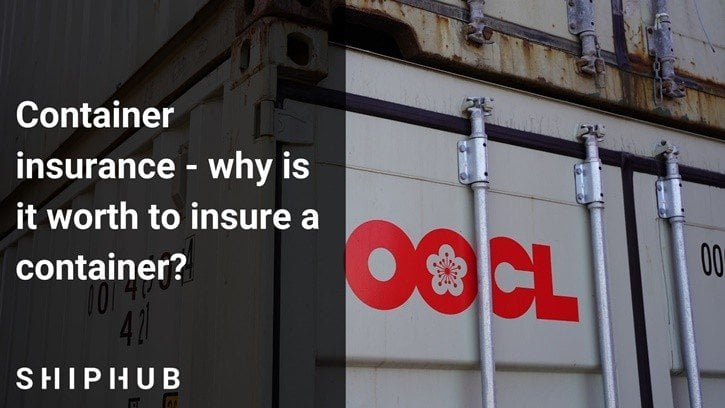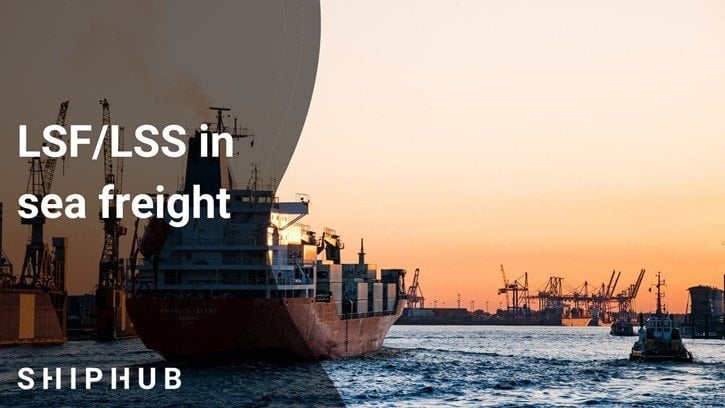Cargo transportation costs change constantly. When it comes to shipping cargo from Asia, it is common for freight rates to rise before the Lunar New Year. Normally, they come down after this period and fluctuate throughout the year. Shipping companies have to adjust their rates to match growing operational challenges. Shippers should closely observe the shipping market, especially since sea freight rates 2025 (first quarter) are rising by over 100%.
Sea freight rates 2025. Why are sea freight rates increasing in 2025?
There are several key factors affecting shipping costs.
Carrier rate increases
Major shipping companies, such as MAERSK, have announced rate hikes for 2025. Particularly shipping prices for March have increased significantly compared to February. The new rates on the Far East-North Europe route are more than 100% higher than HMM’s February rates. The rate for FAK from Asia to:
- Rotterdam/Gdansk/London is $2,600-2,665 for 20DC and $4,000-4,100 for 40HC/40DC
- Aarhus/Gothenburg, rates are $2,633 for 20DC and $4,050 for 40HC/40DC
- Oslo – $2,860 for 20DC and $4,400 for 40HC/40DC.
Bear in mind that the rates are subject to applicable surcharges!
Global demand and supply chain disruptions
The higher the demand for shipping containers on certain routes, the more shipping capacity is strained. Port delays, supply chain congestion, and a shortage of available vessels make shipping lines implement higher rates to deal with demand.
Rising fuel prices
Fuel is a necessity for shipping companies and their primary expense. Therefore, it is a key component of freight rates. With ongoing geopolitical tensions and energy market disruptions, fluctuating fuel prices remain a major factor in determining freight rates.
Regulatory changes and environmental compliance
High carbon emissions are a serious issue since they contribute to global warming and climate change. New environmental regulations aimed at reducing carbon emissions in the shipping industry are needed, but they come at a cost. Investing in cleaner technologies, alternative fuels, and upgraded vessels to meet stricter regulations—in the end, the costs are passed onto customers.
Labor costs and port congestion
Shipping companies can offset delays and productivity losses due to labor strikes and workforce shortages by changing their pricing policies, namely, by imposing additional surcharges and rate increases.
What can shippers do to deal with increased freight rates?
The increase in sea freight rates for 2025 presents significant challenges for global trade. If you ship internationally by sea and don’t want to overspend on shipping, make sure to:
- optimize supply chain planning
- negotiate long-term contract
- consider alternative routes
- leverage digital freight platforms.
To ensure you get the best deals on international shipping, request quotes on ShipHub.co for free and choose an offer from a reliable forwarder. Staying informed about industry trends and planning accordingly can also save you money.




![Shipping costs from China to the US [updated June 2025] Shipping costs from China to the US](https://www.shiphub.co/wp-content/uploads/Shipping-costs-from-China-to-the-US-1.jpg)
